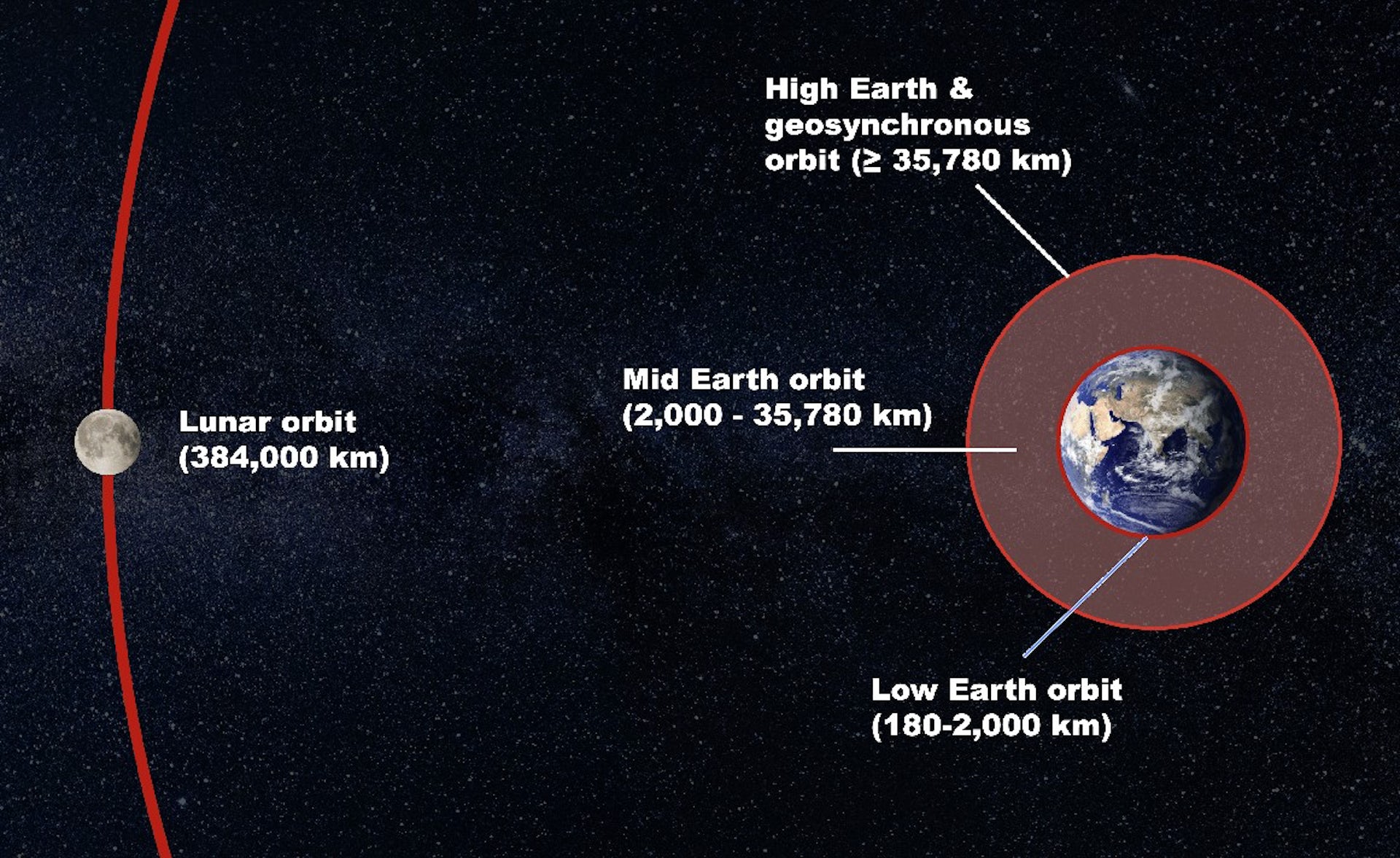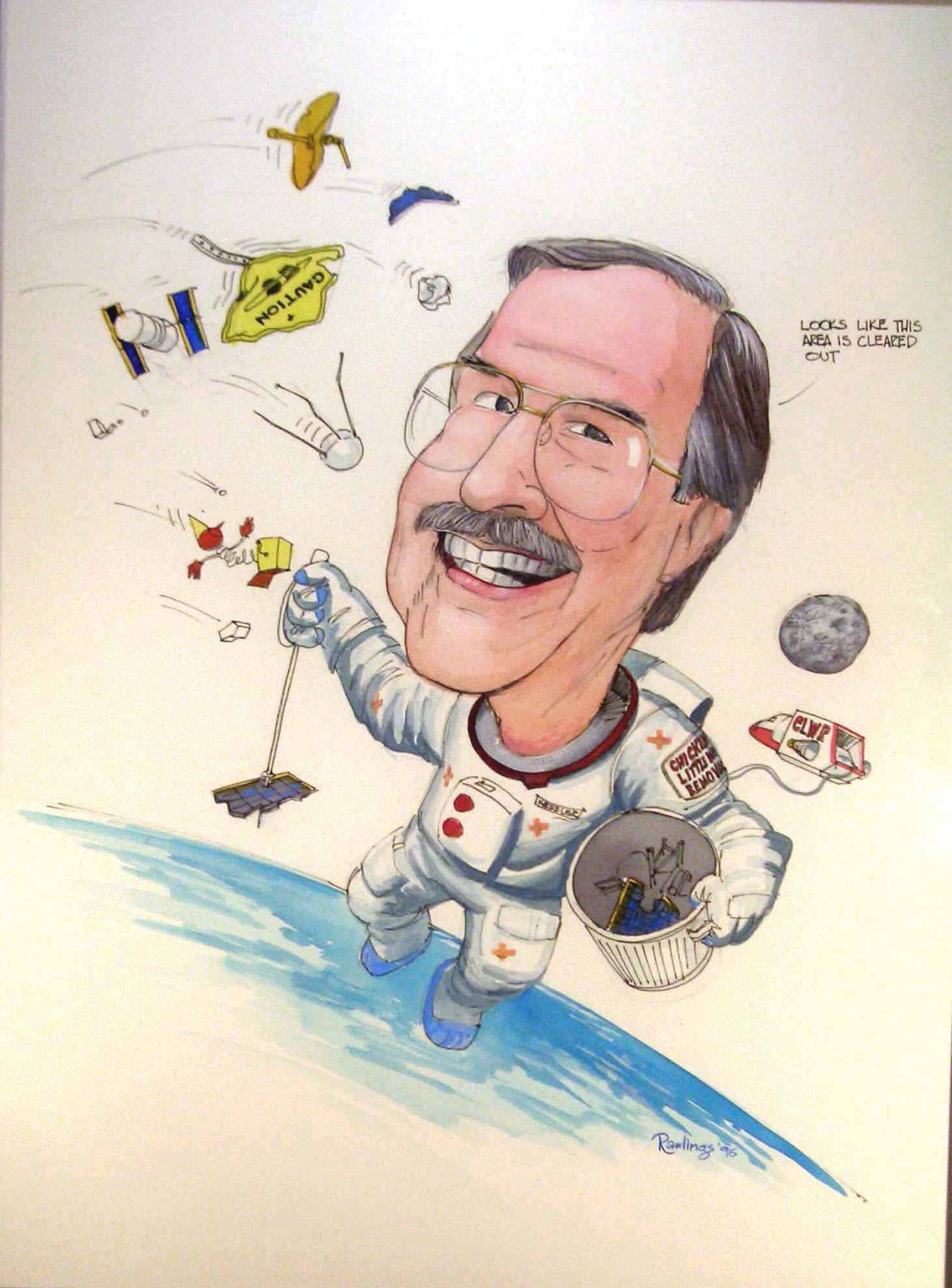Through meticulous research and analysis, we have compiled this comprehensive guide to provide valuable insights into Kessler Syndrome. Our aim is to empower our readers with the knowledge needed to understand the potential consequences of space debris collisions and the significance of addressing this critical issue.
| Feature | Kessler Syndrome | Other Space Debris Events |
|---|---|---|
| Impact | Exponential growth of debris, posing a threat to all satellites | Limited impact or localized debris field |
| Trigger | High-velocity collision between large space objects | Collisions, explosions, or malfunctions |
| Consequences | Potential loss of satellite communications, remote sensing, and navigation | Disruption of specific missions or orbits |
FAQ
This FAQ section provides detailed responses to commonly asked questions about Kessler Syndrome, an alarming phenomenon involving space debris collisions and its destructive consequences.

How can we prevent collisions as space becomes increasingly crowded - Source wiredgorilla.com
Question 1: What exactly is Kessler Syndrome?
Response: Kessler Syndrome refers to a catastrophic scenario in which numerous space debris objects in Earth's orbit collide and generate an excessive amount of smaller debris pieces. These fragments pose a significant hazard to satellites, potentially leading to a cascade effect where further collisions create an ever-increasing cloud of space junk.
Question 2: What are the potential consequences of Kessler Syndrome?
Response: The consequences of Kessler Syndrome are dire and can include disruption of satellite communications, navigation systems, and weather forecasting capabilities, all of which are crucial for modern society. Additionally, human space exploration becomes extremely hazardous, and the potential for Kessler Syndrome to escalate into a self-sustaining chain reaction that renders space unusable for human activities is a significant concern.
Question 3: What causes Kessler Syndrome?
Response: The primary cause of Kessler Syndrome is the accumulation of space debris in Earth's orbit. This debris originates from various sources, including defunct satellites, rocket boosters, and fragments generated by previous collisions. As the debris density increases, the probability of collisions between objects multiplies, creating a self-perpetuating cycle.
Question 4: Is there a way to prevent Kessler Syndrome?
Response: Preventing Kessler Syndrome requires a collaborative effort to reduce the amount of space debris in Earth's orbit. This can be achieved through measures such as implementing responsible debris disposal practices, removing inactive satellites and rockets from orbit, and designing future spacecraft with minimal debris-generating potential. International cooperation and regulations are also crucial in addressing this global issue.
Question 5: What is being done to address Kessler Syndrome?
Response: Several organizations, including space agencies and research institutions, are actively working to tackle Kessler Syndrome. Ongoing efforts include developing debris tracking and monitoring systems, exploring active debris removal technologies, and promoting responsible space exploration practices. Collaboration and information sharing among these entities are essential for developing effective solutions.
Question 6: How can individuals contribute to preventing Kessler Syndrome?
Response: While individuals may not directly engage in space debris removal activities, they can play a role in raising awareness about Kessler Syndrome and promoting responsible space practices. Supporting organizations dedicated to addressing this issue and encouraging policymakers to prioritize space debris mitigation can contribute to the collective effort to safeguard Earth's orbital environment for future generations.
Mitigating the risks of Kessler Syndrome requires continuous research, technological advancements, and international collaboration. By proactively addressing this issue, we can ensure the sustainable use of space for generations to come.
Proceed to the next article section for further insights into the complexities and potential solutions surrounding Kessler Syndrome.
Tips for Mitigating Kessler Syndrome
As space exploration and satellite deployment continue to increase, the risk of collisions between objects in orbit grows. To address this issue, it is crucial to implement strategies to minimize the amount of space debris and prevent catastrophic events. Here are some tips to help mitigate the dangers of Kessler Syndrome:

Kessler Syndrome - Source www.spacesafetymagazine.com
Tip 1: Reduce the Number of Objects Launched into Space
The more objects that are sent into orbit, the greater the chance of collisions. Consider the use of smaller satellites, launch only when necessary, and explore alternative technologies that minimize the need for physical objects in space.
Tip 2: Develop Debris-Removal Technologies
Researchers are actively exploring methods to remove space debris. Technologies such as harpoons, nets, and lasers could be employed to capture and de-orbit discarded objects.
Tip 3: Implement International Regulations
Establishing international agreements and guidelines can help ensure that all countries and organizations adhere to responsible practices in space. This includes regulating the disposal of satellites and other objects to minimize the creation of debris.
Tip 4: Promote Space Situational Awareness
Accurate tracking and monitoring of objects in orbit are vital. By developing advanced surveillance systems, we can identify potential collision risks and take preventive measures.
Tip 5: Support Research and Development
Continued research and development are essential to find innovative solutions for debris mitigation. Encourage investments in technologies and strategies that can effectively address the challenges posed by space debris.
By implementing these tips, we can collectively reduce the risks associated with Kessler Syndrome and ensure the long-term sustainability of space exploration. Kessler Syndrome: Understanding The Devastating Consequences Of Space Debris Collisions provides more comprehensive information on this critical issue.
Kessler Syndrome: Understanding The Devastating Consequences Of Space Debris Collisions
The catastrophic effects of space debris collisions, also known as Kessler Syndrome, stem from a multitude of critical factors. These include the sheer number of debris pieces, their high velocities, the generation of secondary debris, the potential impact on satellites and space missions, and the ensuing domino effect.
![]()
Premium Photo | Advanced tracking systems and removal technologies - Source www.freepik.com
- Debris Abundance: Myriad pieces of debris litter Earth's orbit.
- High Velocities: Debris travels at extreme speeds, exacerbating collision impacts.
- Secondary Debris: Collisions create additional debris, further amplifying the problem.
- Satellite Impacts: Debris can damage or destroy satellites, crippling space infrastructure.
- Space Mission Disruptions: Debris poses significant risks to ongoing and future space missions.
- Domino Effect: Collisions trigger a cascading effect, generating exponentially more debris.
The devastating consequences of Kessler Syndrome highlight the urgent need for responsible space practices. Mitigation measures, such as debris removal technologies and collision avoidance systems, are crucial to safeguard the future of space exploration and the sustainability of Earth's orbit.
Kessler Syndrome: Understanding The Devastating Consequences Of Space Debris Collisions
Kessler Syndrome refers to the exponential growth of space debris in low Earth orbit (LEO) due to collisions between existing debris and operational satellites. Each collision creates more debris, leading to a chain reaction that could eventually make LEO unusable for satellite operations. This issue has become increasingly concerning as the number of satellites and other objects sent into space has grown rapidly in recent years.

Kessler Syndrome - Champlain College - Source www.champlain.edu
The consequences of Kessler Syndrome could be devastating. If LEO becomes too congested with debris, it could prevent satellites from reaching their intended orbits and make it difficult or impossible to conduct space exploration and other activities. This would have a significant impact on scientific research, telecommunications, weather forecasting, and other areas that rely on satellites.
There are a number of things that can be done to mitigate the risks of Kessler Syndrome. One important step is to design satellites and other space objects to be more resistant to collisions. Another is to develop active debris removal systems that can remove debris from LEO. International cooperation is also essential to address this global problem.
By taking these steps, we can help to ensure that LEO remains a safe and accessible environment for satellite operations and other activities.
|
Consequence |
Impact |
|---|---|
|
Increased risk of collisions between satellites and debris. |
Satellites could be damaged or destroyed. |
|
Debris could damage or destroy ground-based infrastructure. |
This could lead to loss of life and property. |
|
Debris could interfere with radio communications. |
This could disrupt communications between aircraft, ships, and ground stations. |
|
Debris could damage or destroy the International Space Station. |
This would be a major setback for space exploration. |